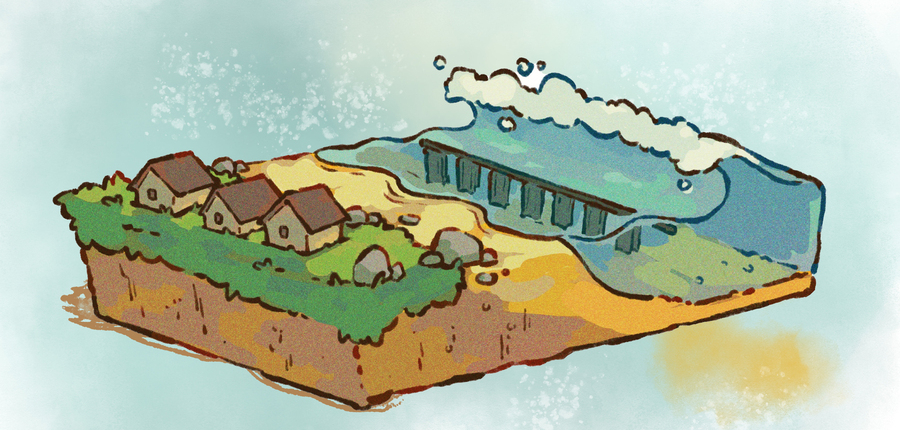Artificial Reef Designed by MIT Engineers to Protect Marine Life, Reduce Storm Damage
The beautiful, gnarled, nooked-and-crannied reefs that surround tropical islands serve as a marine refuge and natural buffer against stormy seas. But as the effects of climate change bleach and break down coral reefs around the world, and extreme weather events become more common, coastal communities are left increasingly vulnerable to frequent flooding and erosion.
An MIT team is now hoping to fortify coastlines with “architected” reefs — sustainable, offshore structures engineered to mimic the wave-buffering effects of natural reefs while also providing pockets for fish and other marine life. >>Read the full story
Details of the architected reef design are reported today in a study appearing in the open-access journal PNAS Nexus. MIT Sea Grant Director Dr. Michael Triantafyllou’s co-authors are Edvard Ronglan SM ’23; graduate students Alfonso Parra Rubio, Jose del Auila Ferrandis, and Erik Strand; research scientists Patricia Maria Stathatou and Carolina Bastidas; and Professor Neil Gershenfeld, director of the Center for Bits and Atoms; along with Alexis Oliveira Da Silva at the Polytechnic Institute of Paris, Dixia Fan of Westlake University, and Jeffrey Gair Jr. of Scinetics, Inc.




